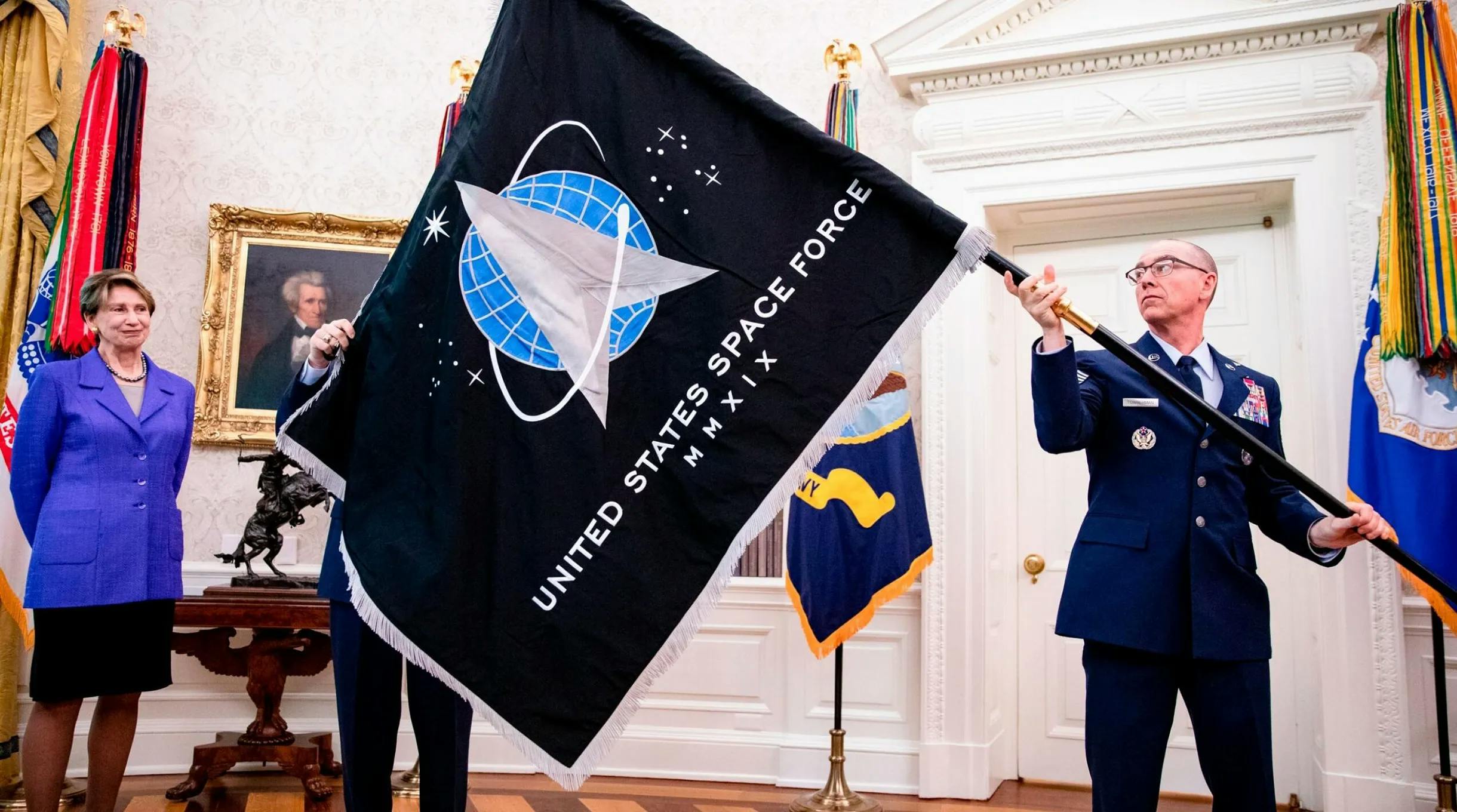Blog
Space
Space Race 2024: Where Trump and Harris Align (and Diverge) on the Cosmic Future
ON
November 4, 2024

With the U.S. presidential election upon us, space policy may be the furthest thing from most voters’ minds – the issues here on Earth are difficult enough. But while it’s not a keystone issue for either campaign, it hasn’t been entirely forgotten. Both candidates have staked out clear positions on major celestial issues – and surprisingly, they tend to agree more than they diverge.
This alignment can be partially explained by the fact that space policy doesn’t tend to shift drastically between presidencies, and also by the specific roles that Donald Trump and Kamala Harris took in their respective administrations. The Trump administration established several foundational missions, including the U.S. Space Force and the Artemis Program, which directed NASA’s focus toward lunar missions. It also issued specific policy directives around key space infrastructure issues like satellite tracking and cybersecurity for space assets. Under the Biden administration, Vice President Harris inherited these policies as chair of the National Space Council, and worked to continue and expand them while adding new diplomatic initiatives.

NASA’s SLS rocket will take Americans back to the Moon through the Artemis program
Working with the National Space Council, Harris prioritized international collaboration, securing agreements from over 36 countries to ban anti-satellite weapon testing and expanding the Artemis Accords to 42 signatories. She’s also announced plans to include international astronauts in lunar missions – a very important step, considering that 80 percent of astronauts have originated from just three countries.
Trump's previous positions and current campaign places less emphasis on international cooperation, preferring to establish American leadership through competitive advancement, particularly regarding China. It also emphasizes military space capabilities, pledging to establish a Space National Guard as the primary combat reserve of the U.S. Space Force. This proposal has garnered support from National Guard leaders and bipartisan lawmakers, but is generally opposed by Pentagon leadership. The Harris campaign, representing current administration policy, favors restructuring existing Air National Guard units rather than creating a new organization. Her commitment to banning ASAT weapons under the Biden administration also indicates a general move away from space militarization.

The United States Space Force was formed in 2019 during President Trump’s Administration
In regard to the commercial space sector, both candidates acknowledge the importance of private space industry activity, though they take different approaches. Harris proposed a comprehensive framework for commercial space activities with the National Space Council, which stalled in Congress but would have ensured safety checks for private companies operating on the moon and created a more structured regulatory environment for the commercial space sector. Trump hasn’t specified a recent stance on commercial spaceflight, but his administration released a directive in 2018 that focused on supporting the sector’s growth. His party’s general free-market beliefs and recent, close relationship with Elon Musk does indicate that a future administration would likely continue to boost the industry with minimal regulation.
The good news: the space sector appears poised for continued growth and innovation regardless of the election outcome. Both Trump and Harris agree on the need for a strong American space sector, and recognize space as a critical domain for both national security and cross-border collaboration. Both are enthusiastic supporters of current major space programs, and are interested in growing the domestic commercial market, as well. Their key differences lie in militarizing space; Trump emphasizes military capabilities and competition, while Harris prioritizes diplomatic cooperation and multilateral agreements.
The bad news: the industry’s deepest issues may also persist, regardless of who is in the White House. Unlocking the full scientific and commercial potential of space requires something more than the national space agencies and major contractors that have dominated in the past – SERA believes it requires a global, distributed approach to research and exploration, powered by a borderless community. Transformational change in the space industry will not come from the top down.
Space is our common future, and SERA exists to make it accessible to everyone. Stay tuned for more updates on our missions, partnerships, and opportunities to get involved. The future of space is decentralized, diverse and accessible – and while it will be shaped by a vast array of national, international and private players, SERA is making sure that space is within everyone’s reach.